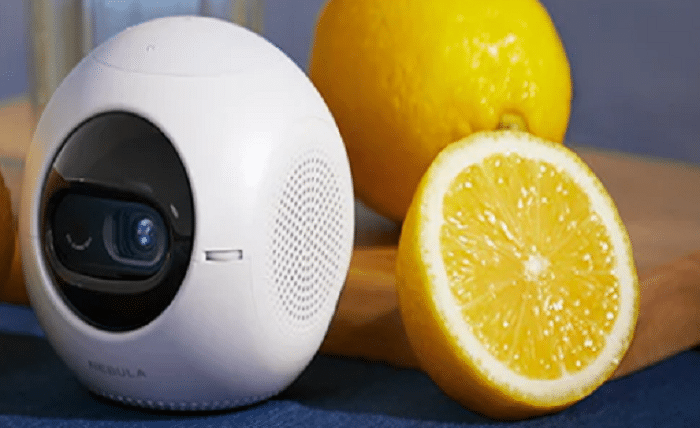Projectors have become indispensable tools for presentations, entertainment, and immersive gaming experiences. With technological advancements, consumers now have a choice between traditional projectors and their more compact counterparts, mini projectors. Each type comes with its own set of advantages and limitations. In this article, we’ll comprehensively compare the two, aiding you in making an informed decision based on your specific needs.
The Comparison between Mini Projectors and Traditional Projectors
Size and Portability
Traditional Projectors: Traditional projectors tend to be larger and heavier. They often require a dedicated space for setup, making them suitable for fixed installations in conference rooms, classrooms, or home theaters.
Mini Projectors: As the name suggests, mini projectors are small, lightweight, and highly portable. They can be carried in a backpack or even fit in a pocket. This makes them ideal for professionals on the go, impromptu movie nights, or camping trips.
Image Quality
Traditional Projectors: Traditional projectors generally offer higher resolution and brightness levels. This makes them suitable for larger screens and well-lit environments, providing crisp and vibrant visuals. They are ideal for professional presentations and home theaters.
Mini Projectors: While mini projectors have improved in terms of image quality, they may not match the high-resolution capabilities of their traditional counterparts. They are better suited for smaller screens or darker environments, making them great for impromptu gatherings.
Connectivity Options
Traditional Projectors: These projectors often come equipped with a wide range of connectivity options, including multiple HDMI ports, VGA, USB, and more. This allows for easy integration with various devices like laptops, gaming consoles, and Blu-ray players.
Mini Projectors: Mini projectors are designed for simplicity and portability, which can sometimes limit the number of connectivity options. However, modern mini projectors now come with a variety of ports to accommodate different devices, including smartphones, tablets, and laptops.
Ease of Setup
Traditional Projectors: Setting up a traditional projector may require some technical know-how, especially when it comes to adjusting focus, keystone correction, and other settings. It’s recommended for situations where a fixed setup is in place.
Mini Projectors: Mini projectors are designed for ease of use and are often plug-and-play. They typically come with intuitive user interfaces, making setup a breeze. This makes them suitable for impromptu setups or on-the-go presentations.
Sound Quality
Traditional Projectors: While some traditional projectors come with built-in speakers, the audio quality may not always be sufficient for larger audiences or professional presentations. External speakers or sound systems are often recommended.
Mini Projectors: Due to their compact size, mini projectors usually have smaller built-in speakers. They are suitable for smaller gatherings, but for larger audiences or professional settings, external speakers may be necessary.
Cost
Traditional Projectors: Traditional projectors can range from moderately priced to high-end models with advanced features. They tend to be more expensive due to their higher resolution and brightness capabilities.
Mini Projectors: Mini projectors are generally more budget-friendly, making them an attractive option for those looking for a cost-effective solution without compromising on portability.
Conclusion: Making the Right Choice
The choice between a mini projector and a traditional projector hinges on your specific needs and preferences. If you prioritize portability and simplicity, a mini projector may be the better option. However, if image quality and a wide range of connectivity options are crucial, a traditional projector might be the way to go. Consider your intended use, budget, and available space to make an informed decision that perfectly suits your requirements. Whether you’re a business professional, a movie enthusiast, or a gamer, there’s a projector out there tailored to your needs.

